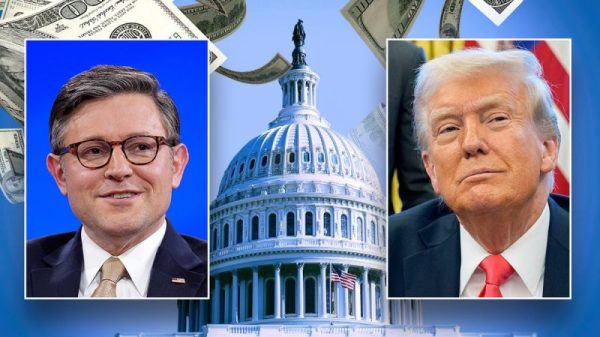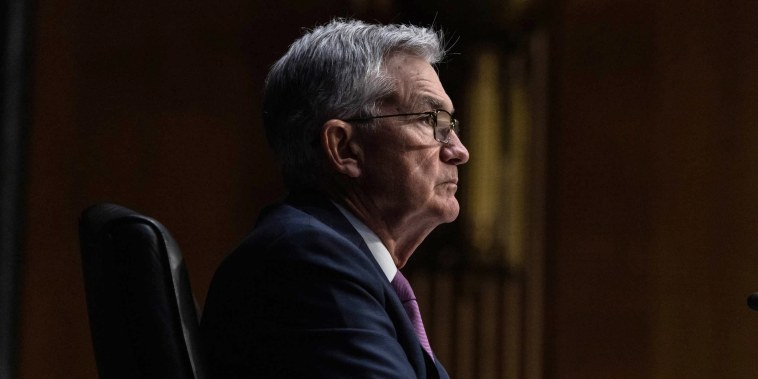The Federal Reserve announced Wednesday it had raised its key interest rate by 0.25% to as much as 5.5%, the highest level in 22 years, as it continues to fight persistent inflation in the U.S. economy.
Though consumer prices have declined for 12 straight months, in June, consumer prices increased 3% year on year. Even though that’s the lowest the annual inflation rate has been in more than two years, it’s still too high for the Fed, which is looking to wrestle increases down to about 2%.
By raising its interest rates, the Fed hopes to make borrowing and investing more expensive, thereby reducing overall demand for goods, services and labor in the economy.
That effort can put the economy on a path toward a recession depending on a number of factors, but Fed Chair Jerome Powell has said from the beginning of the central bank’s rate-hiking campaign that, even though there are no guarantees, he intended to avoid such an outcome.
After Wednesday’s interest rate announcement, he affirmed the central bank no longer expects a recession to occur as a result of the increases, adding that it could bump up the key interest rate even further.
Some analysts believe there are still some headwinds to watch for.
‘Inflation remains stubbornly high,’ said Greg McBride, senior vice president and chief financial analyst for Bankrate. ‘The economy has been remarkably resilient, the labor market is still robust, but that may be contributing to the stubbornly high inflation,’ he said. ‘So, Fed has to pump the brakes a bit more.’
The Federal Reserve is in charge of balancing unemployment and inflation. Right now, the unemployment rate, at 3.6%, remains historically low.
The Fed believes it can slow the economy to reduce inflation without causing people to lose their jobs en masse.
Rather than put workers directly out of a job, McBride said, the Fed is instead looking to reduce the overall number of job openings relative to unemployed workers. Before the pandemic, there was about one unemployed person per job opening; today there is less than one.
‘The labor market is still out of whack,’ he said. ‘That can contribute to inflationary pressures.’
While the overall inflation rate has come down, there are key categories of consumer-focused services that have not. In particular, one measure of what has come to be known as ‘supercore’ inflation, which excludes the price of food, gas and shelter, has been stuck at a 4% annual rate of increase since the first quarter of 2021, according to calculations from the Federal Reserve Board of San Francisco.
This measure includes items such as professional and personal care services, among the items on which Americans continue to spend heavily.
The spending, in turn, is creating more demand for workers and subsequently increasing pay.
“The place where we haven’t really seen much progress is in nonhousing services,” Powell said this month at a European Central Bank event in Portugal, according to Bloomberg News. “That’s where we’re not seeing a lot of progress yet, and the reason is — one explanation for it is — that labor costs are really the biggest factor by far in most parts of that sector.”
Of course, higher pay is good for workers — and for the first time in the post-pandemic period, data showed inflation-adjusted wages outpacing inflation.
But a rapidly rising pace of wage increases concerns the Fed because it is linked to higher inflation. Businesses will raise prices if they believe their customers have more money to spend.
In a note to clients earlier this month, analysts for the Barclays financial group called this a ‘self-reinforcing loop between employment, income and spending.’
They wrote that they expect the Fed ‘to remain focused on slowing the job market to pave the way for a sustained return to the 2% inflation target.’
































